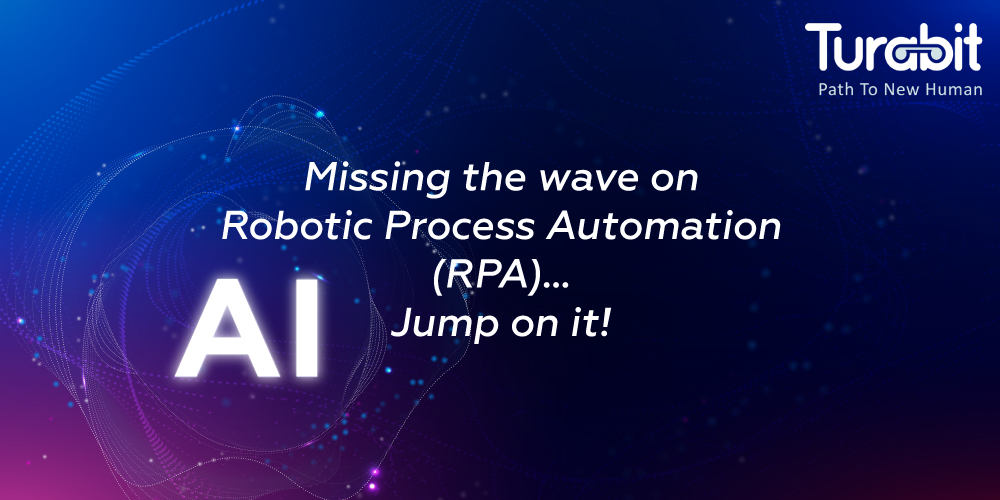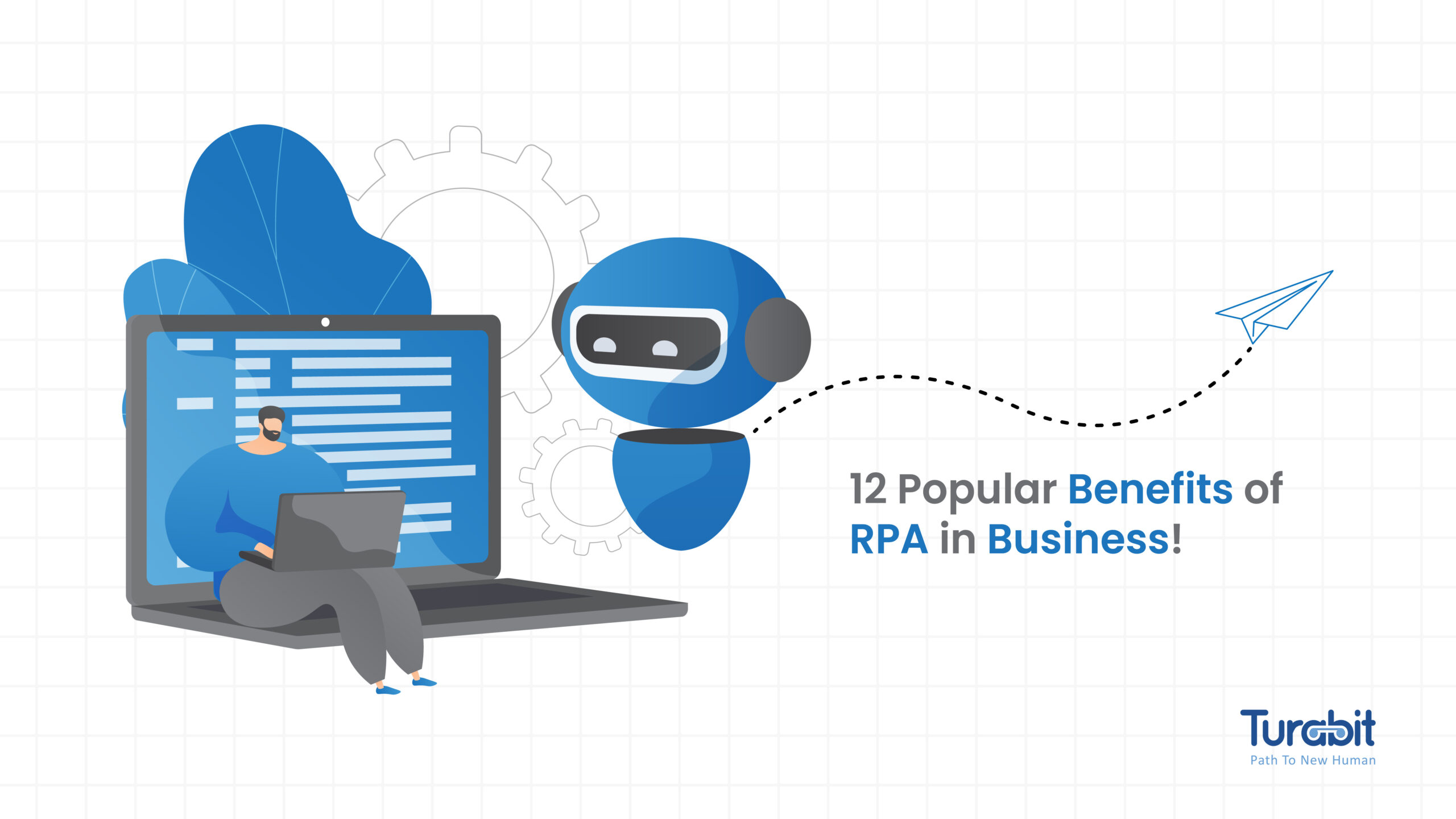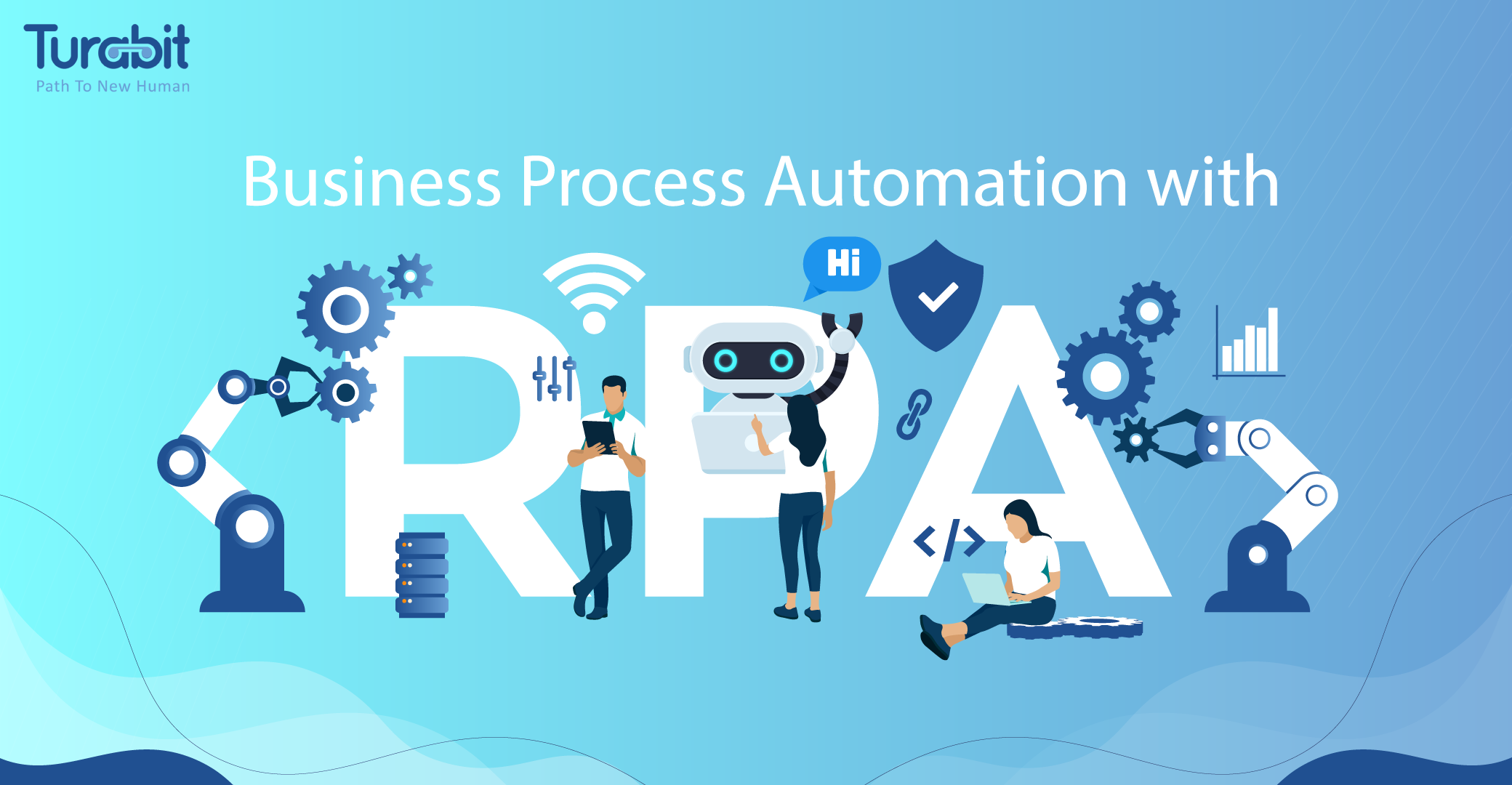Missing the RPA wave? Here’s why you should jump on it now!
While enterprise automation was a goal that almost every reputable enterprise already had on its agenda, the current situation in the world today has quickly moved it to the top of everyone’s priorities overnight. That being said, the unprecedented growth and adoption that we’re witnessing in this sector can in no small way be accredited to the rapid rise of cognitive RPAs.
Robotic Process Automation
Imagine a world where a robot did every repetitive, labor-intensive task and all humans had to do was use their decision-making or creative abilities? Sounds like a dream? That’s precisely what RPAs aim to do, in addition to reducing operational costs, increasing customer satisfaction, and generally making the life of everyone involved a whole lot easier. RPAs are software bots trained to mimic humans to handle various tasks within a process. This includes navigating through enterprise software like CRM tools, ERP systems, FSM software, and more.
Today, RPAs play a vital role across various industries ranging from Airlines to Banks, Government Offices, Healthcare Agencies, and more. The applications and use-cases here are virtually endless owing to the fact that any process that follows a set of rules can be automated, regardless of the volumes. Additionally, modern RPAs offer “No-Code” configurations with visual flows that are easy to use and don’t require months of training. RPAs are also non-invasive, which means you don’t need to restructure your entire IT stack, and they can even be used on legacy systems that lack APIs.
Cognitive RPAs
While traditional RPAs have had to rely mostly on structured data gleaned by human employees, newer improved RPA models leverage AI to use unstructured data to make complex decisions. If you’re still thinking about basic bots performing closed-loop tasks, think again. Cognitive RPAs take automation to another level by leveraging AI technologies like Machine Learning, Optical Character Recognition, Data-Mining, Semantic Technology, and Natural Language Processing to take over front-office tasks usually reserved solely for human employees.
One such example is Turabit’s AI-powered Service Desk Assistant which has already resolved over a million tickets, saved over 100K hours, boasts an 88% increase in CSAT and ESAT, and features over 1000 automated ticket resolutions out-of-the-box. These Smart AI Assistants are configurable and used for everything from Invoice Processing to Customer Service, Payroll Processing, Employee Onboarding, Compliance, Finance, Legal, Operations, and IT. Additionally, as opposed to traditional RPAs that hand over exceptions to their human counterparts, cognitive RPAs observe how humans handle exceptions and learn from them to take such exceptions without human interference in the future.

Scalability
Now unlike RPAs, human beings aren’t exactly scalable. This means that you can scale up in case of a crisis or a spike in demand, but to scale back down again, you need to fire a trained workforce that you could need again or have a large number of employees on constant standby. The third option and one that is becoming increasingly popular is the RPA option, as it is scalable in both directions and can hence be used for long-term and short-term tasks.
Unlike the time and money involved with hiring and training human employees, AI Assistants like the ones mentioned above can be deployed and ready to use in less than 30 minutes. Additionally, using Turabit’s proprietary NLP algorithms, customer-specific models with self-learning can be set up in less than 75 minutes. These bots also add a whole new dimension of insights and capabilities that create more meaningful outcomes and continuously optimize those outcomes.
To quote Mihir Shukla, CEO of Automation Anywhere, “Once you use bots to scale, even if the volumes go down, you’re not going to go back to doing it manually.”
The Future of RPAs
The global robotic process automation (RPA) market is forecast to grow to more than 13 billion U.S. dollars by 2030, increasing by more than 12 billion compared to 2020. If you look at current use cases today, Unlike human employees, RPAs don’t need coffee breaks or even sleep. For that matter, they operate 24 hours a day and can be used for multiple processes. Additionally, unlike human employees that require a considerable amount of training, training RPAs is often as simple as dragging and dropping.
In conclusion, the world as we know it is changing, and it would be naive to think we’re ever going to go backward or return to the old ways of doing things. Stanton Jones, the lead analyst for the ISG Index™ Insider, stated in his article that one RPA bot (equivalent to a license) could do the work of three to ten full-time employees. While this may be a threat to some, it means that it will make absolutely no sense to hire humans for routine or repetitive tasks in the not-so-distant future, forcing organizations to turn to RPAs. As opposed to waiting for the inevitable day to come, get on the RPA train now!





